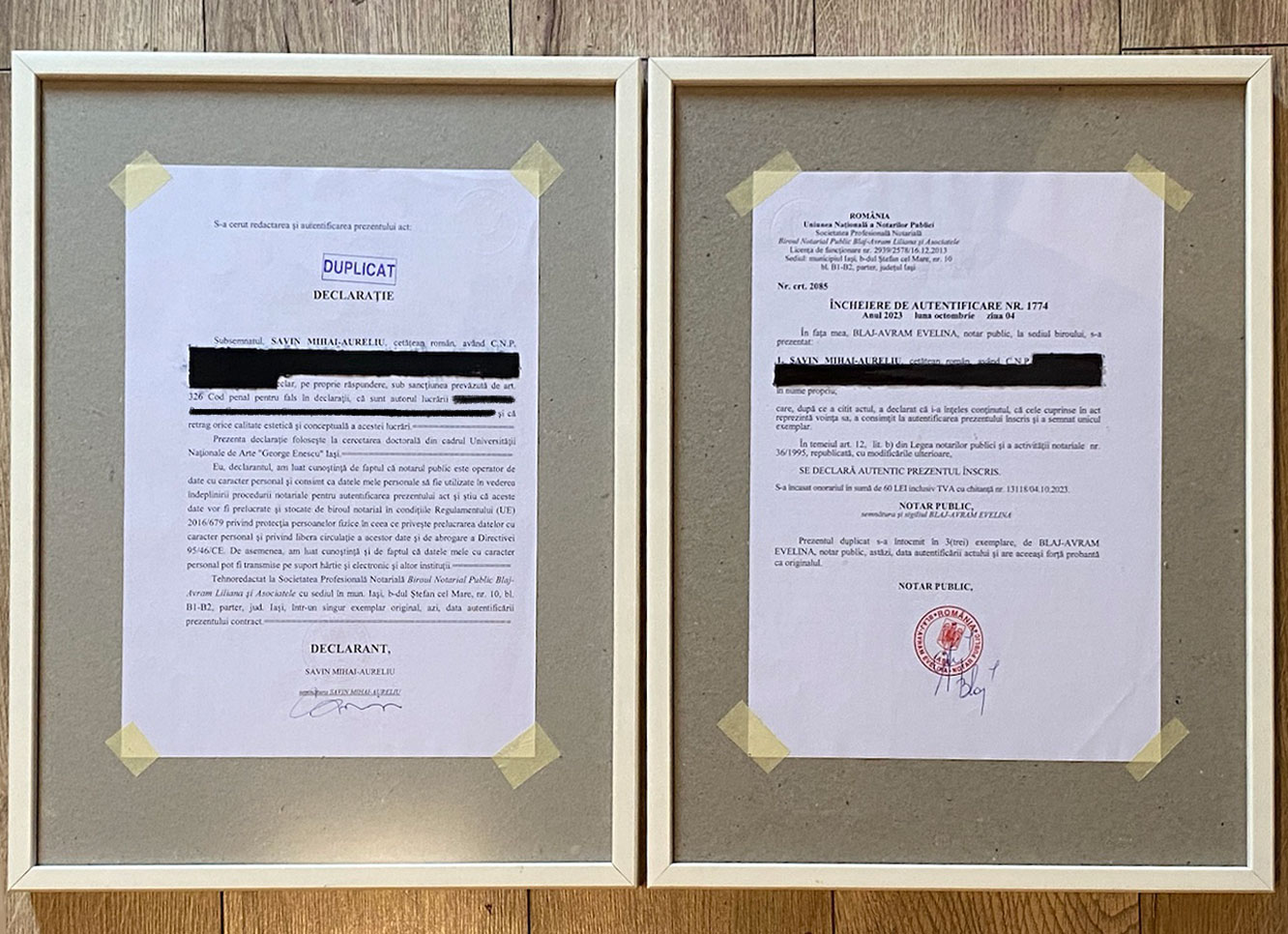

performance in-situ
This project serves as an allegory of the Sisyphean struggle to generate effective waste recycling solutions, though its primary intent was to explore the potential artistic condition of common objects within an institutional framework. Specifically, it questioned the reclassification of residual objects as artworks, as outlined in the project’s official statement. However, this was not driven by a salvific intent. The work did not aim to provoke dialogue or change recycling methods but rather to produce a speculative artwork.

documents mentioned
Drawing from superfictive art principles, as defined by Antoinette LaFarge, the project used textual and visual clues to subtly reveal its true intent. The statement employed professional jargon, such as “recontextualizing reality” and “arbitrary non-essential objects,” to mask the actual act of delegating the disposal of over one cubic meter of non-recyclable waste to a secondary agent—while being compensated for it. This intention was further unveiled in two subsequent artistic acts.
3D renders of the project
The first act involved scattering repigmented material scraps over the sculpture and its Brâncuși-inspired pedestal, symbolically revealing the Midas-like identity of the author. The second act reproduced Robert Morris’s 1963 gesture, where he legally negated the aesthetic and conceptual value of a purchased work. Similarly, I presented notarized documents invalidating the artistic qualities of the project, including contracts, production photos, and renderings, highlighting how professional language and digital simulations can mask even the most arbitrary intent when adhering to institutional requirements.